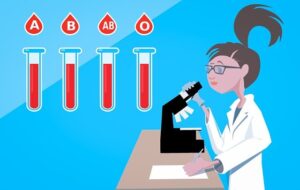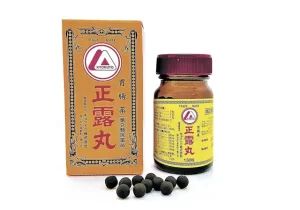Researchers found a new way to treat cardiovascular disease
- Gut Bacteria Enzymes Offer Hope for ABO Universal Blood Transfusions
- Well-Known Japanese Medicine Exposed for 30 Years of Data Falsification
- Oregon Reverses Course: From Decriminalization to Recriminalization of Drug Possession
- Why Lecanemab’s Adoption Faces an Uphill Battle in US?
- Yogurt and High LDL Cholesterol: Can You Still Enjoy It?
- WHO Releases Global Influenza Vaccine Market Study in 2024
Researchers found a new way to treat cardiovascular disease
- Was COVID virus leaked from the Chinese WIV lab?
- HIV Cure Research: New Study Links Viral DNA Levels to Spontaneous Control
- FDA has mandated a top-level black box warning for all marketed CAR-T therapies
- Can people with high blood pressure eat peanuts?
- What is the difference between dopamine and dobutamine?
- How long can the patient live after heart stent surgery?
Researchers found a new way to treat cardiovascular disease
Vascular and cardiovascular disease is largely influenced by a special protein found in blood vessel cells. The researchers found that the presence of too many “thromboxane A2 receptors” also hindered the growth of new blood vessels. A research team led by Martin Luther University Halle-Wittenberg (MLU) has finally explained the basic process.

The research, published March 3 in Arteriosclerosis, Thrombosis, and Vascular Biology, could lead to new approaches to the treatment of cardiovascular disease.
The formation of blood vessels is a complex process. “The various inhibitory and stimulating processes must work together like cogs in a wheel. Certain blood vessel cells, so-called endothelial cells, are This process plays a key role and regulates the exchange between blood and tissue.”
The researchers investigated a protein important for hemostasis: the thromboxane A2 receptor, which keeps platelets sticking together and is involved in the constriction of blood vessels.
Benndorf added: “We already know that patients with cardiovascular disease and angiogenic lesions have increased amounts of these receptor proteins in their blood vessels.”
However, it has not been clear whether this finding has any clinical significance, in other words, the amount of whether there is a link between the increase in the disease and the development of the disease.
The researchers were able to fill this gap by deciphering the complex interactions triggered by the receptor protein. Experiments have shown that the problem occurs when the protein is present in excess in blood vessels.
“The receptor ensures that the production of the pro-inflammatory enzyme cyclooxygenase-2 is triggered. This enzyme in turn produces the messenger substances that activate the receptor,” explains Benndorf.
This continuous and self-reinforcing cycle of activation of receptors in vascular cells means that it is difficult for cells to form new blood vessels. In addition, it greatly limits the function of endothelial cells.
“Under the microscope, if the cells are really strained, then you can see if there’s a higher density of receptors,” Benndorf said.
It remains unclear why the protein is more frequently present in blood vessel cells in patients with cardiovascular disease.
“However, it is a promising biomarker and could be an interesting target for drug intervention. With the help of substances that block the action of receptors or enzymes, harmful effects in cells can be reversed. Therefore, for blood vessels In patients with elevated thromboxane A2 receptor levels, inhibition of the receptor may be a new treatment option. This could improve vascular function and regeneration,” said Benndorf.
The first drugs targeting the protein are already in clinical trials for other uses.
Benndorf pointed out: “Although these substances are not yet approved, the results of clinical trials show that they are well tolerated and improve vascular function. T
he current investigation is carried out in cell culture and experimental animal studies.
Their potential therapeutic effects need to be further investigated in preclinical disease models before they can be tested or used in humans.”
Researchers found a new way to treat cardiovascular disease
(source:internet, reference only)
Disclaimer of medicaltrend.org
Important Note: The information provided is for informational purposes only and should not be considered as medical advice.



